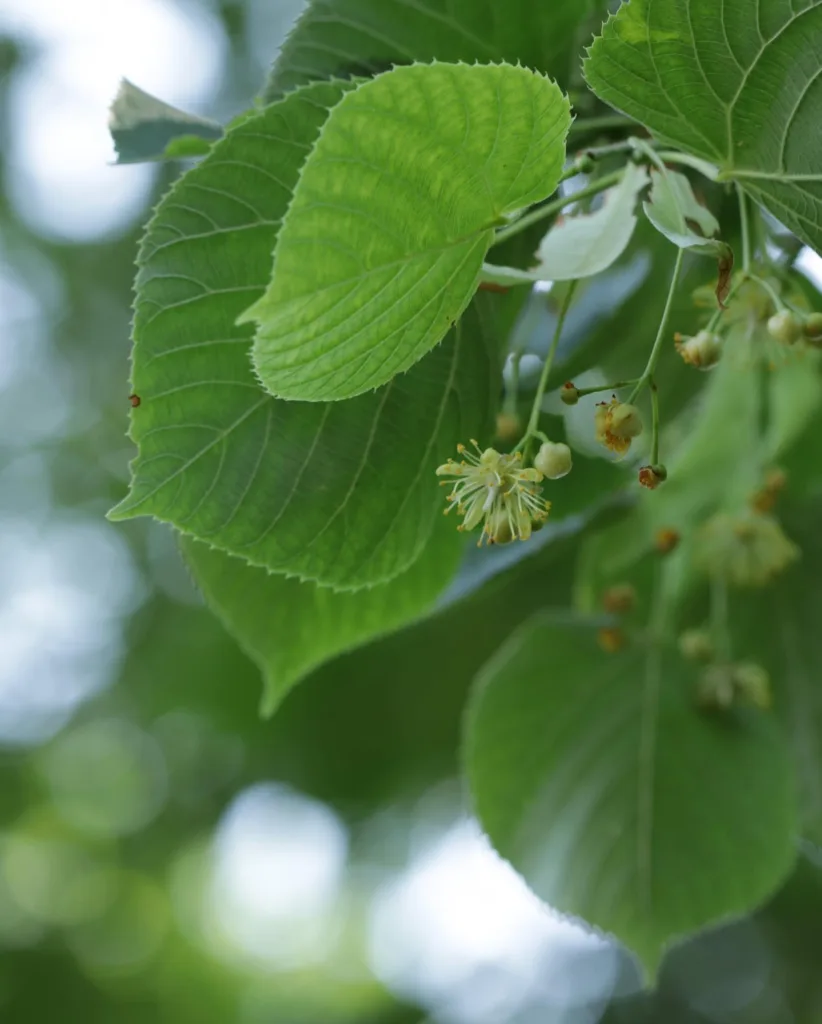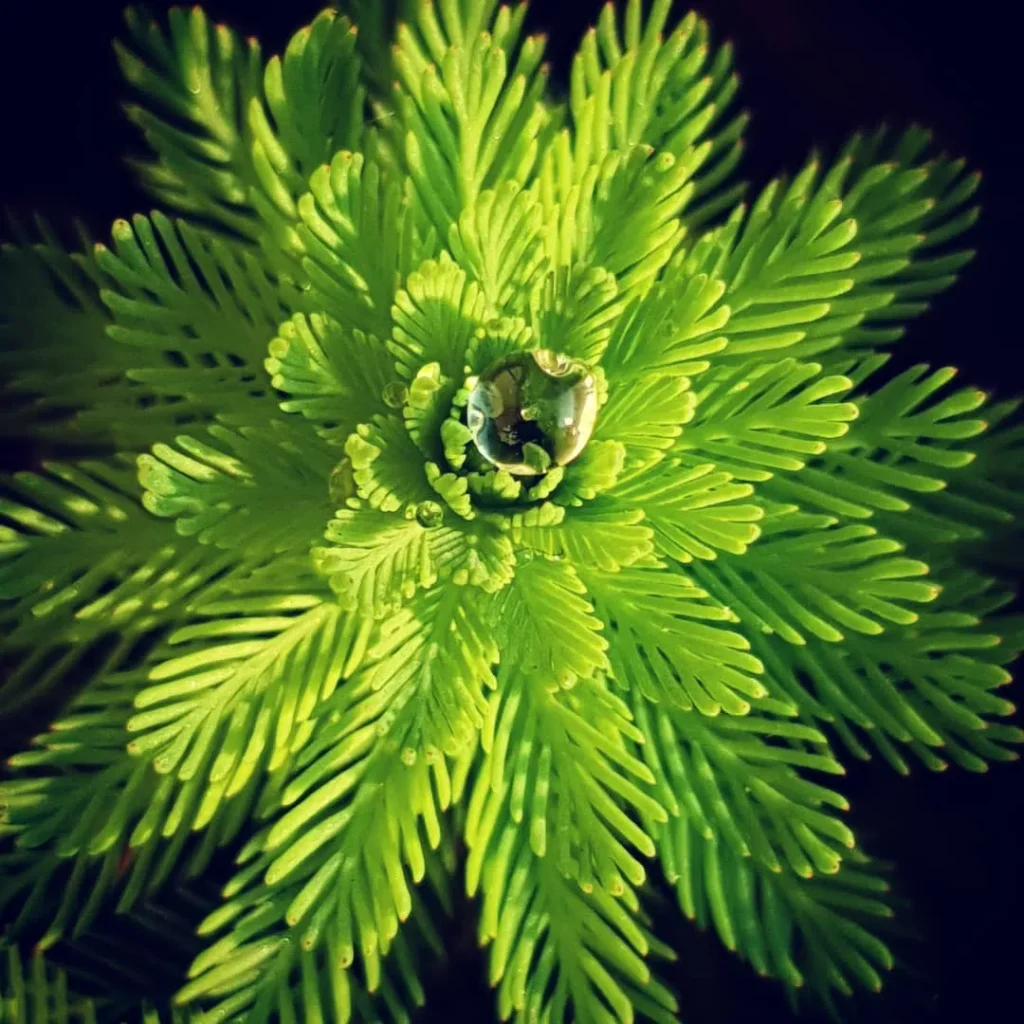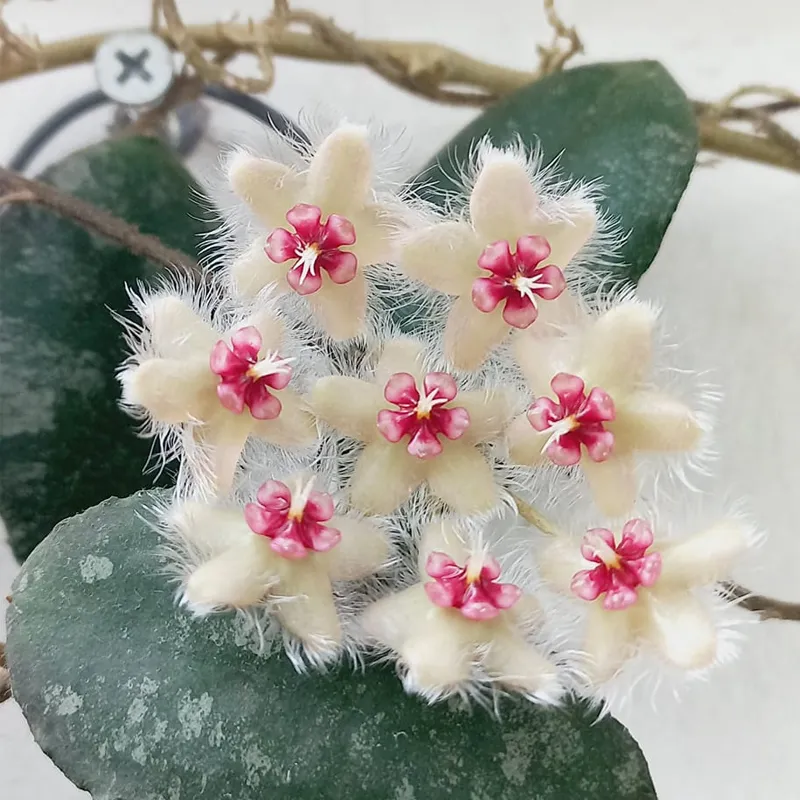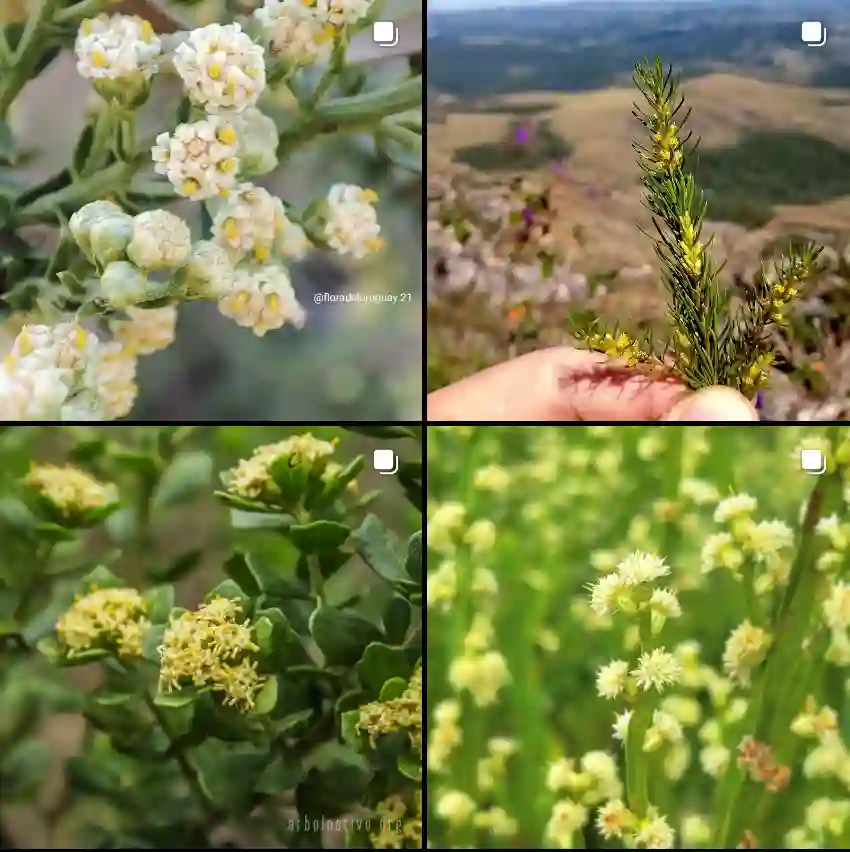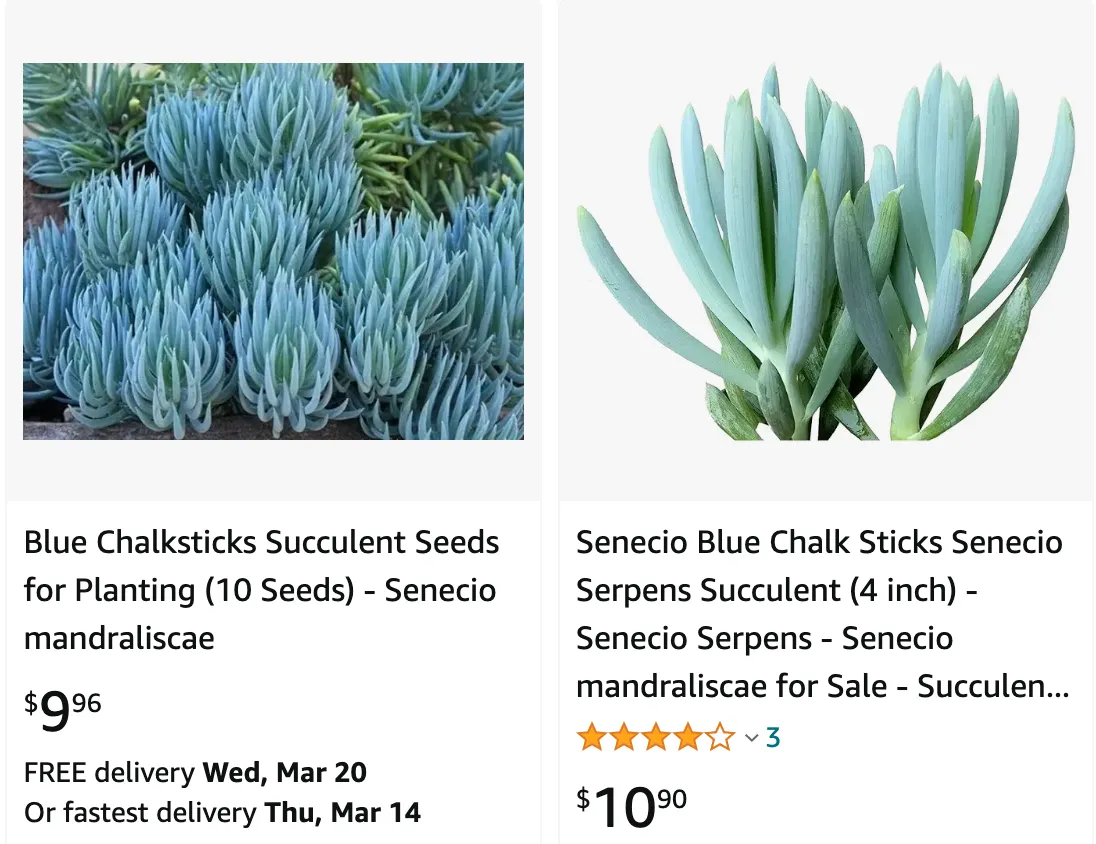
The Allure of Senecio Serpens: A Gardener’s Guide
There’s a certain charm to low-maintenance plants that bring year-round beauty to your garden. Enter Senecio serpens, a synonym of Curio repens, also known as Blue Chalksticks. This captivating succulent has captured my heart with its unique, finger-like foliage and propensity for forming a dense, low-growing mat. But before you rush out and snag one for yourself, let’s delve into the world of Senecio serpens and explore how to cultivate this little wonder.
17 Species in Genus Curio
What is Senecio Serpens?
Senecio serpens, recently reclassified as Curio repens, is a succulent groundcover native to South Africa. This petite plant boasts plump, cylindrical leaves boasting a stunning chalky blue-green hue. The prostrate stems hug the ground, creating a tapestry of texture and color. While Senecio serpens doesn’t produce showy flowers, its foliage is the true star of the show, adding a touch of whimsy and otherworldliness to any garden.
Senecio Serpens vs Mandraliscae
Between Senecio Serpens and Mandraliscae, I find Serpens to be more compact and perfect for small spaces in my garden. Mandraliscae, on the other hand, has a slightly more vigorous growth, filling in larger areas with its elongated blue-green leaves. I love the way Senecio Serpens creates a dense, carpet-like effect that’s ideal for ground cover. Mandraliscae adds height and structure, making it a striking addition to my succulent arrangements. Both thrive in similar conditions, but Serpens feels more delicate and needs a bit more attention to avoid overwatering. Mandraliscae is more forgiving and robust, often outlasting Serpens during dry spells. The color contrast between the two is stunning, with Serpens offering a more uniform blue tone and Mandraliscae providing a mix of hues. I appreciate the diversity they bring to my succulent garden, each with its unique growth habit and visual appeal.
How to Care for Senecio Serpens?
The beauty of Senecio serpens lies in its ease of care. Here’s how to ensure your Blue Chalksticks thrives:
- Light: Senecio serpens is a sun worshiper. Aim for at least 6-8 hours of direct sunlight daily.
- Water: This succulent thrives on neglect when it comes to watering. Allow the soil to dry completely between waterings. Overwatering is the enemy, so err on the side of underwatering.
- Soil: Senecio serpens needs well-draining soil to prevent root rot. A cactus or succulent mix is ideal. You can also create your own by mixing regular potting soil with perlite or sand for added drainage.
- Temperature: Senecio serpens prefers warm weather but can tolerate some cold.
Can Senecio Serpens Take Cold Weather?
Senecio serpens is moderately cold-tolerant, but it’s best to err on the side of caution. It can withstand temperatures down to around 20°F (-6°C) for short periods. If you live in a region with harsh winters, consider protecting your Senecio serpens by planting it in containers that can be brought indoors during freezing temperatures. Alternatively, you can cover the plant with frost cloth for added protection.
How to Propagate Senecio Serpens?
Sharing the beauty of Senecio serpens is easy! Here’s how to propagate new plants:
- Stem cuttings: The most common method is through stem cuttings. Take a healthy stem section with a few sets of leaves, allow the cut end to callous over for a day or two, then plant it in well-draining soil. Keep the soil slightly moist until roots establish.
- Leaf cuttings: Senecio serpens can also be propagated from individual leaves. Simply remove a healthy leaf, allow it to callous over, then lay it flat on top of well-draining soil. Eventually, roots and a new plantlet will form at the base of the leaf.
Should I put cinnamon on Senecio Serpens Cuttings?
Cinnamon has been a popular home remedy for preventing fungal diseases in plant cuttings. While research is ongoing, there’s no scientific evidence to definitively support its effectiveness. Senecio serpens is a relatively disease-resistant plant, so using sterile tools and proper propagation techniques are more important for success.
What to Plant With Senecio Serpens
Senecio serpens’ low-growing habit and cascading stems make it a perfect companion for various plants. Here are some ideas:
- Sedums: The plump rosettes of sedums complement the finger-like foliage of Senecio serpens beautifully.
- Cacti: Create a miniature desert scene by pairing Senecio serpens with cacti that share similar sun and water requirements.
- Trailing succulents: String of Pearls or Burro’s Tail will cascade gracefully over the edges of pots containing Senecio serpens, adding another layer of visual interest.
With its unique charm and minimal demands, Senecio serpens is a welcome addition to any garden. By following these simple care tips, you can cultivate a thriving patch of Blue Chalksticks that will add a touch of whimsy and year-round beauty to your outdoor space.
If i die, water my plants!
